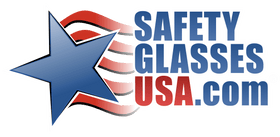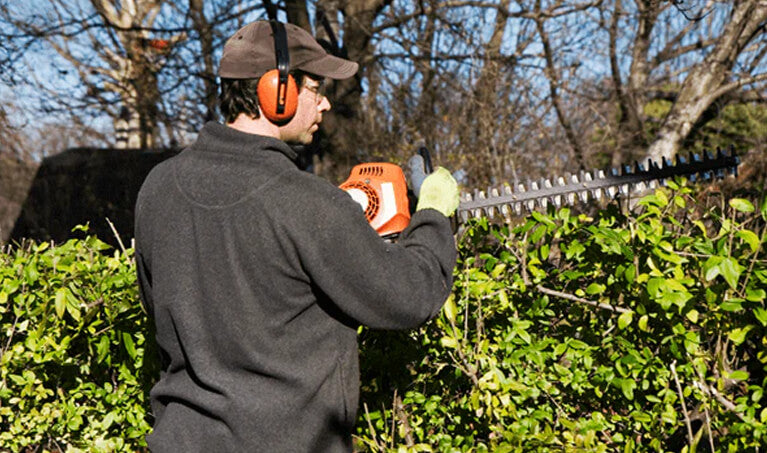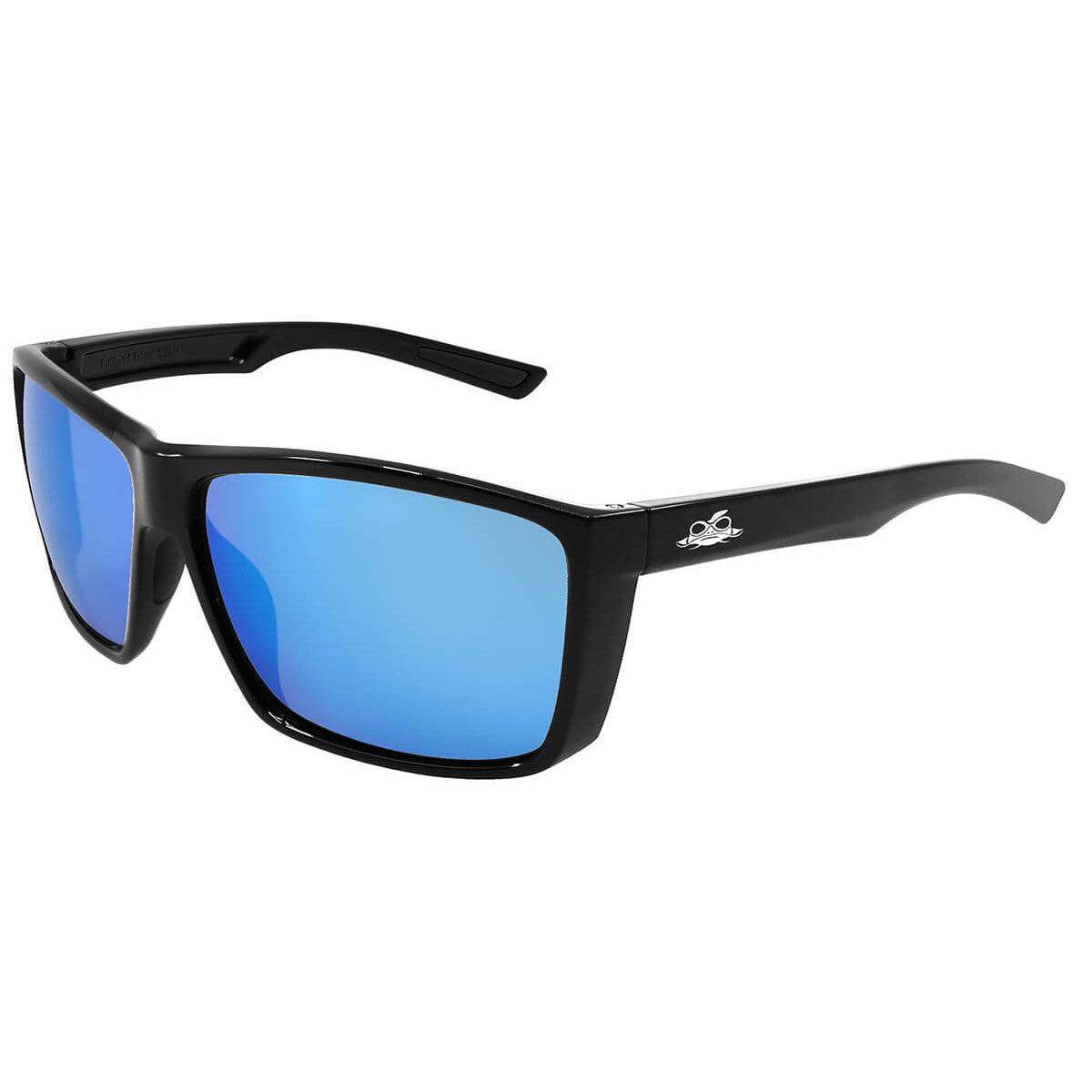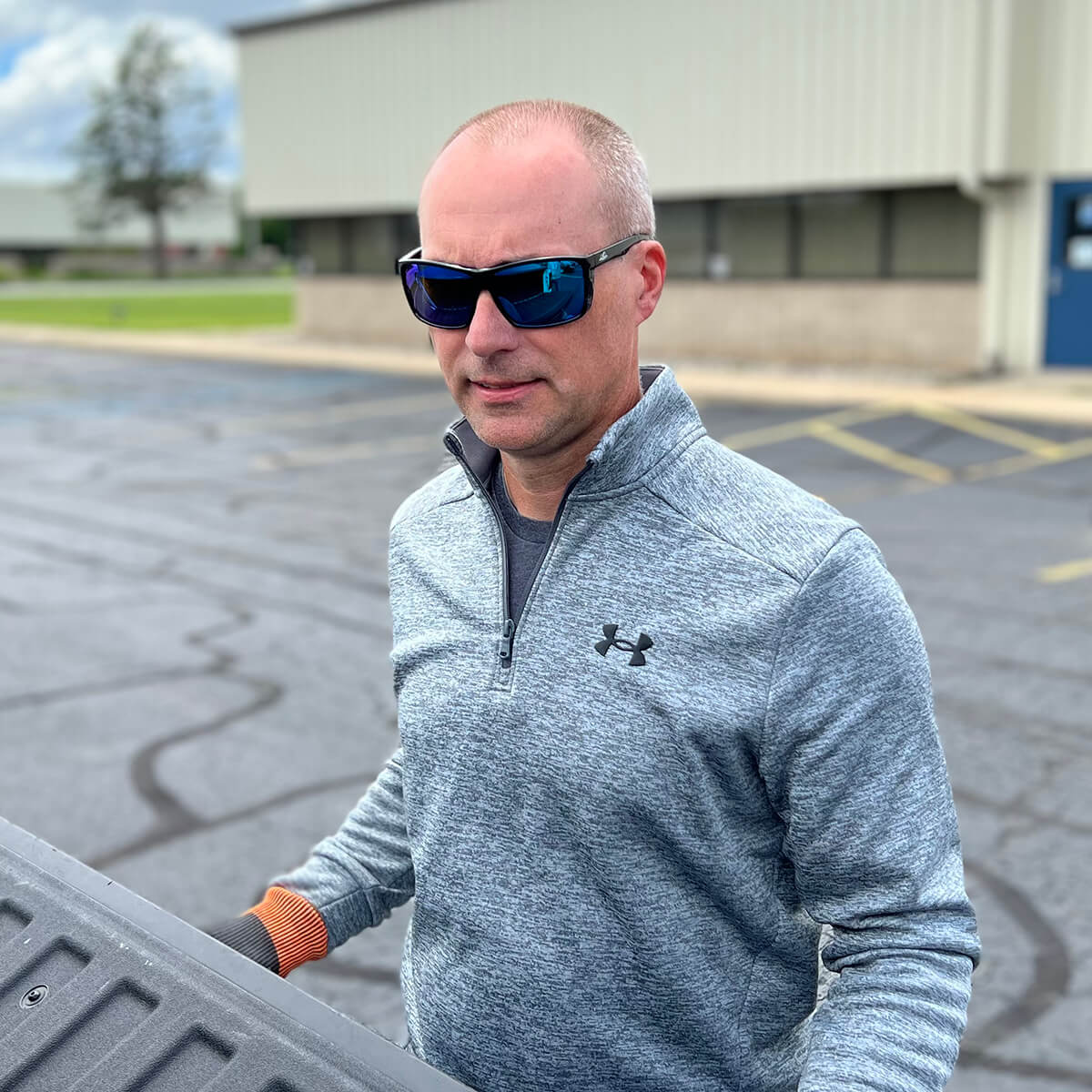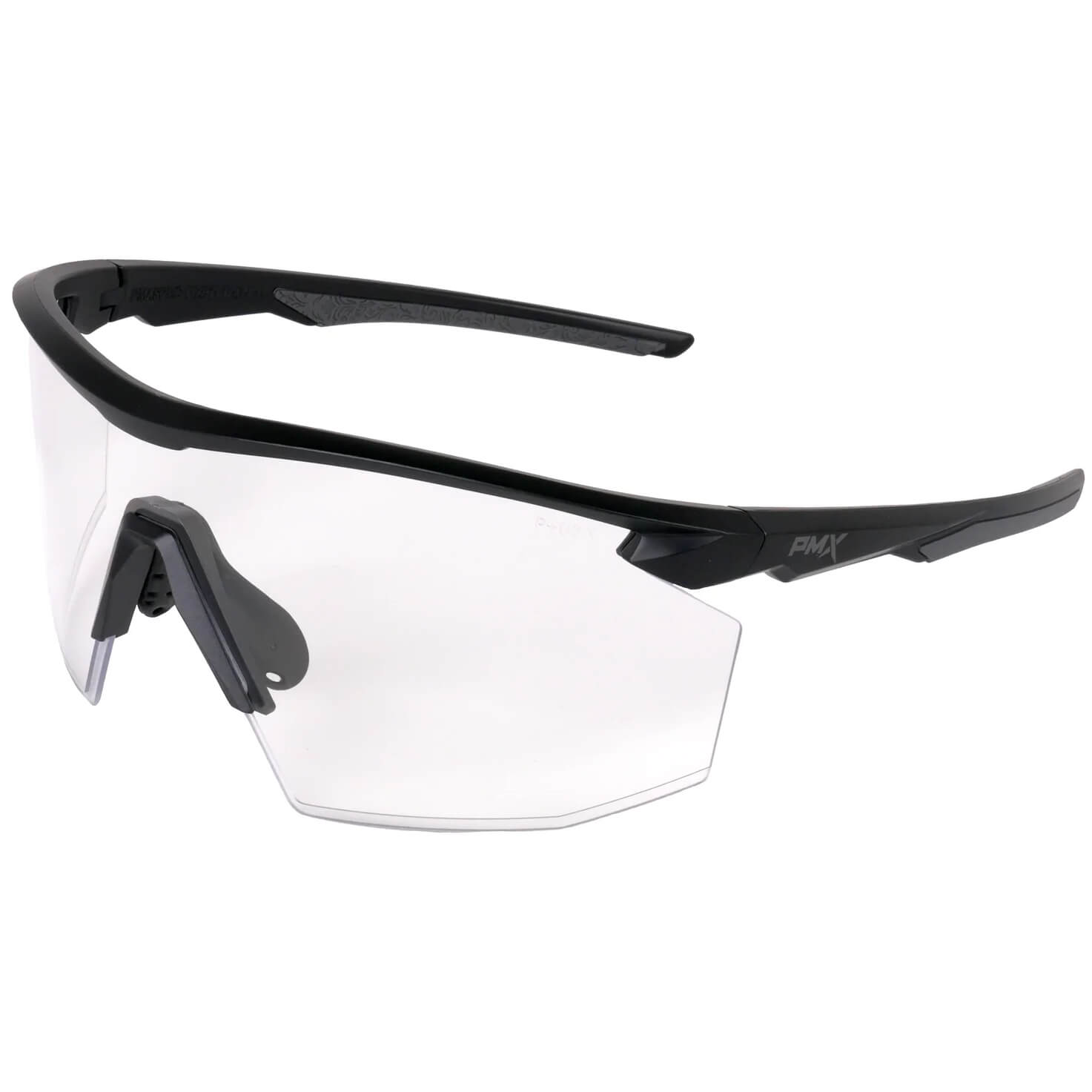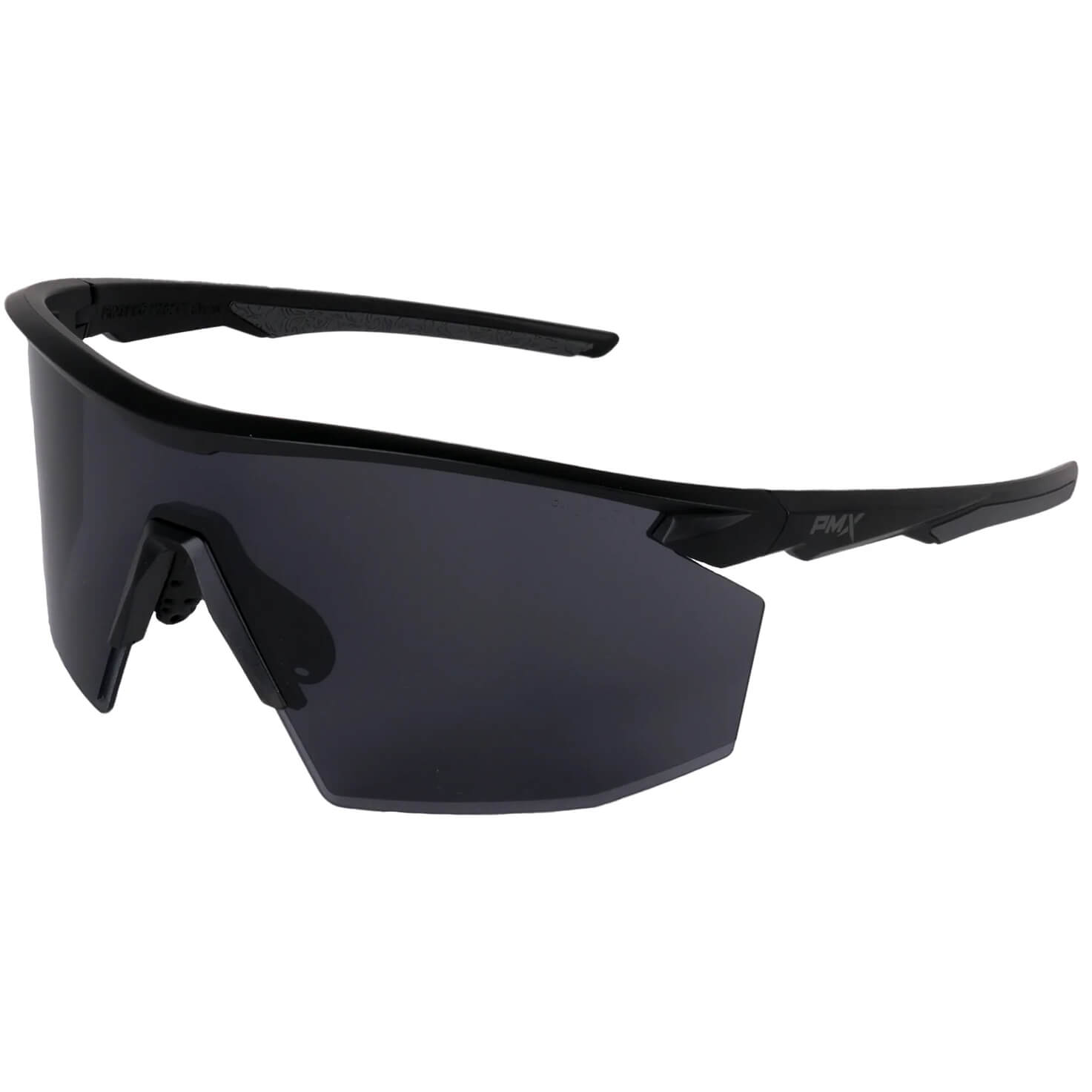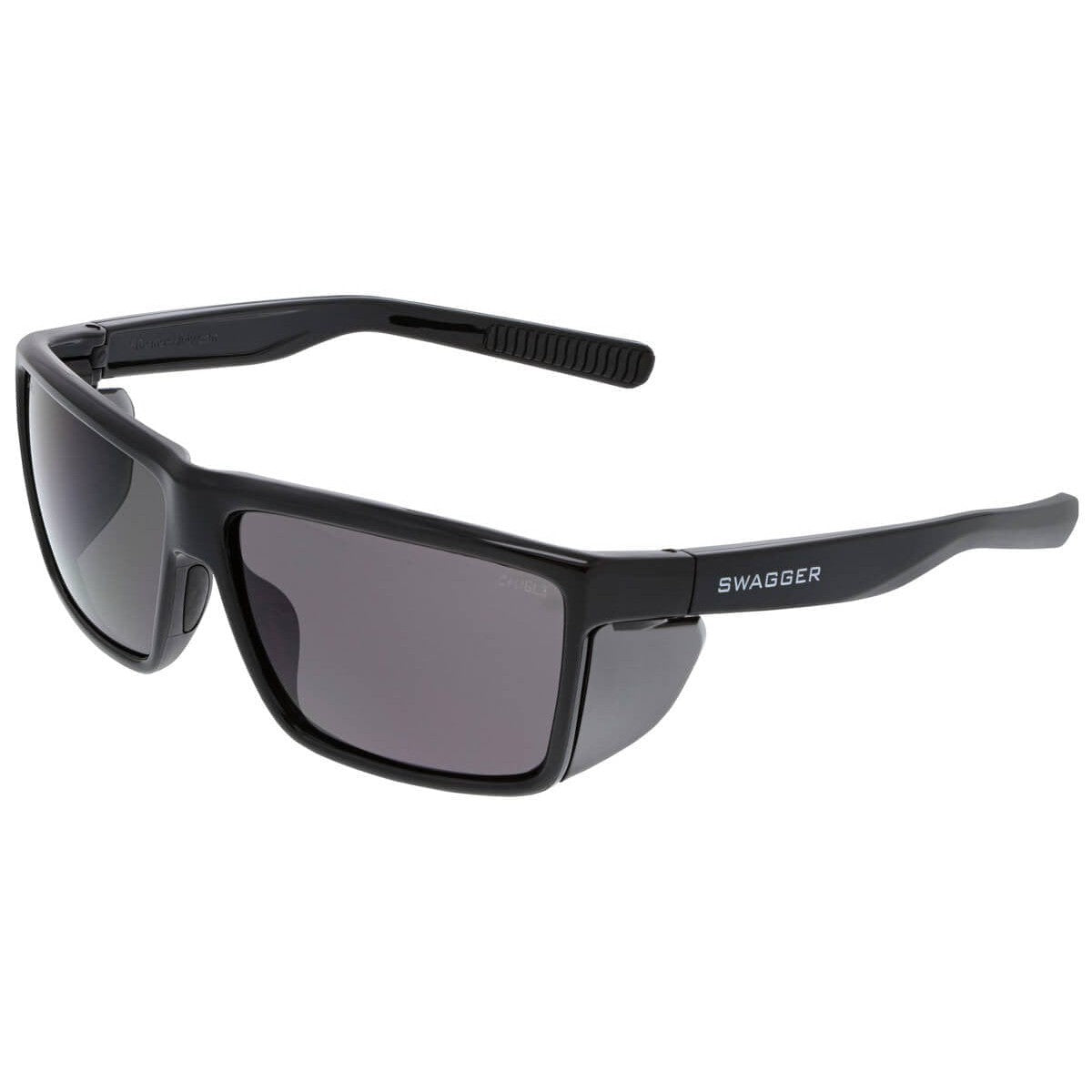Home Eye Injuries Are Too Common
Over 94,000 adults and children received treatment in 2013 for eye injuries at home. Eye experts say that 90% of eye injuries of at-home eye injuries could be prevented by wearing safety glasses or goggles for everyday activities around the house. Those activities include everything from sports to fireworks to yard work.
For details on preventing eye injury while playing sports or setting off and watching fireworks, check out these articles:
With those topics sufficiently covered, let’s look at preventing eye injury during other activities around the home, such as yard work, house cleaning, auto repair, and remodeling projects.
Prevent Blindness America reports that the top causes of eye injury at home include power tools, welding tools, and chemicals like bleach. Injuries are also often caused by free-flying particles during activities like yard work and house cleaning.
Preventing eye injuries from occurring at home requires two things: Planning Ahead & Common Sense.
Employ the following suggestions to significantly decrease the chances of eye injuries happening at home:
1. Wear ANSI-approved protective eyewear. These will protect the eyes against the most common causes of eye injury in the home. Also, remember that wrap-around glasses and goggles protect you from free-flying particles and the sun’s harmful UV rays. For more on that standard, read “What Does ANSI Z87.1-2010 Certified Mean?“
2. Remember to protect anyone nearby. Anyone near your work area, children and adults included, may also be in danger of eye injury caused by flying debris and should also wear protective eyewear.
3. Periodically check for tripping hazards. This check should involve any walkways outside and include looking for tripping hazards like rugs and chords inside. A thorough analysis also means ensuring adequate lighting and handholds are available. Note that the elderly are especially susceptible to injury from tripping and falling.
4. Take special care when working with chemicals. Cleaning often involves harsh chemicals, and splashing them into the eye is always possible. Protective eyewear is the best prevention of eye injury when working with chemicals. Common sense tactics like not mixing chemicals and storing them safely also help prevent injury.
5. Clear the yard before mowing. Taking a few minutes to remove debris from the yard before mowing can make a massive difference for the eye safety of the individual mowing and anyone nearby. Be sure to check for overhead branches too!
6. Use proper gear when welding. See the articles “How to Choose a Welding Helmet” and “Basic Welding Safety” to ensure your eyes are sufficiently protected when welding.
7. Make sure tools and equipment are in good condition. When tools and equipment are in poor condition, they often kick up unnecessary debris and are more susceptible to breaking unexpectedly, which can easily cause eye injury.
8. Wear gloves and wash your hands when finished. Avoid touching your eyes during projects, especially when your hands touch chemicals or get dirty. Beyond this common-sense step, wearing gloves can ensure hands stay free of debris that could make its way into the eyes, and washing hands frequently will help ensure it doesn’t happen.
9. Know that corrective eyewear isn’t enough. Regular eyeglasses usually do not provide enough safety protection for the eyes and can often cause further damage when they break during an impact. In addition, contacts can also often add to or exacerbate an injury. This means that wearing over-prescription safety eyewear or using prescription safety eyewear is a crucial safety step for anyone requiring prescription eyewear.
10. Secure loose belongings. This tip applies to vehicle items stored in the home or garage. Properly stored items prevent unexpected flying objects from causing eye and other injuries.
Consistently wearing safety eyewear is the best way to protect yourself from eye injuries.What to Do If An Eye Injury Occurs
If an eye injury occurs at home or anywhere, follow these basic guidelines to ensure the injury does not worsen.
1. Avoid rubbing or applying pressure to the eyes. Consider using a cold compress instead.
2. For chemical or foreign body exposure, rinse your eyes immediately and thoroughly. If irritation persists after 15-20 minutes, seek medical attention.
3. If a foreign particle in the eye persists even after rinsing, bandage the eye lightly before seeking medical attention.
4. Never bandage eyes after chemical exposure since this can cause additional damage, and remove contacts if they did not come out during flushing.
5. For any persistent or worsening irritation, and if the damage involves significant bruising, bleeding, change in eyesight, or if the eye hurts when moved, seek medical attention as quickly as possible.
Regardless of the above tips, if there’s any doubt, treat the injury as an emergency by contacting an eye doctor or going to the emergency room.
Since most eye injuries can be prevented, taking the time to do so is common sense. Start with proper protective eyewear and create a safe working environment; you’re likelier to have a productive, injury-free day.
